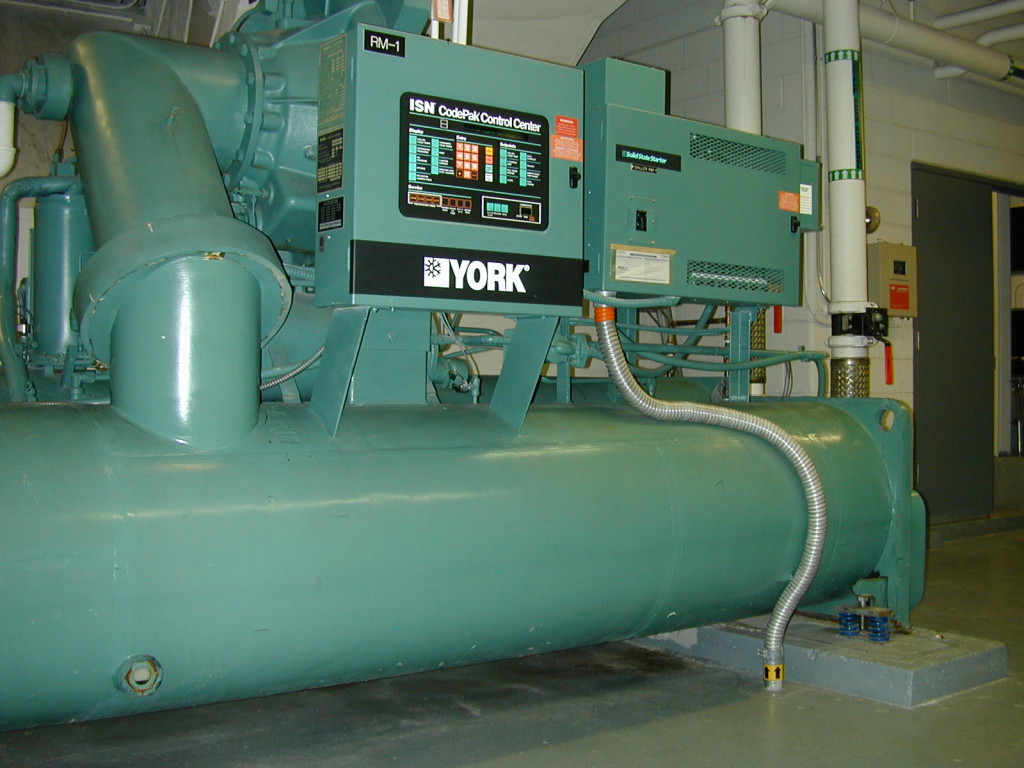Vibrations are produced by natural phenomena and mechanical sources. Wind, waves, and thunder are examples of natural processes that produce a wide range of vibrations. Depending on the magnitude, these vibrations can cause a number of undesirable effects. Artificial sources such as mechanical equipment within buildings, although often less severe than natural sources, can be more pervasive and disruptive to daily operations. At Gradient Wind, we have a great deal of experience identifying, monitoring and solving both natural and artificial vibration issues.
In the mechanical rooms of large buildings, cooling towers and emergency generators are common sources of strong vibrations and loud noises. Controlling these stimuli often involves the application of specially designed isolation springs and floating floor assemblies. High-tech facilities involved in manufacturing and photonics research have demanding requirements for vibration control. Steppers, probing electron microscopes, and e-beam tools are a few examples of equipment that requires very low ambient vibration levels. In the absence of instrument-specific criteria, industry-accepted ISO criteria are used for baseline comparisons.

